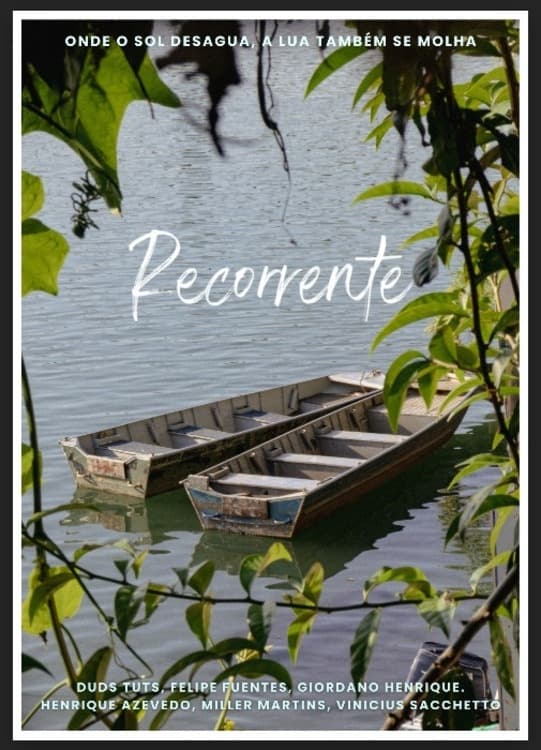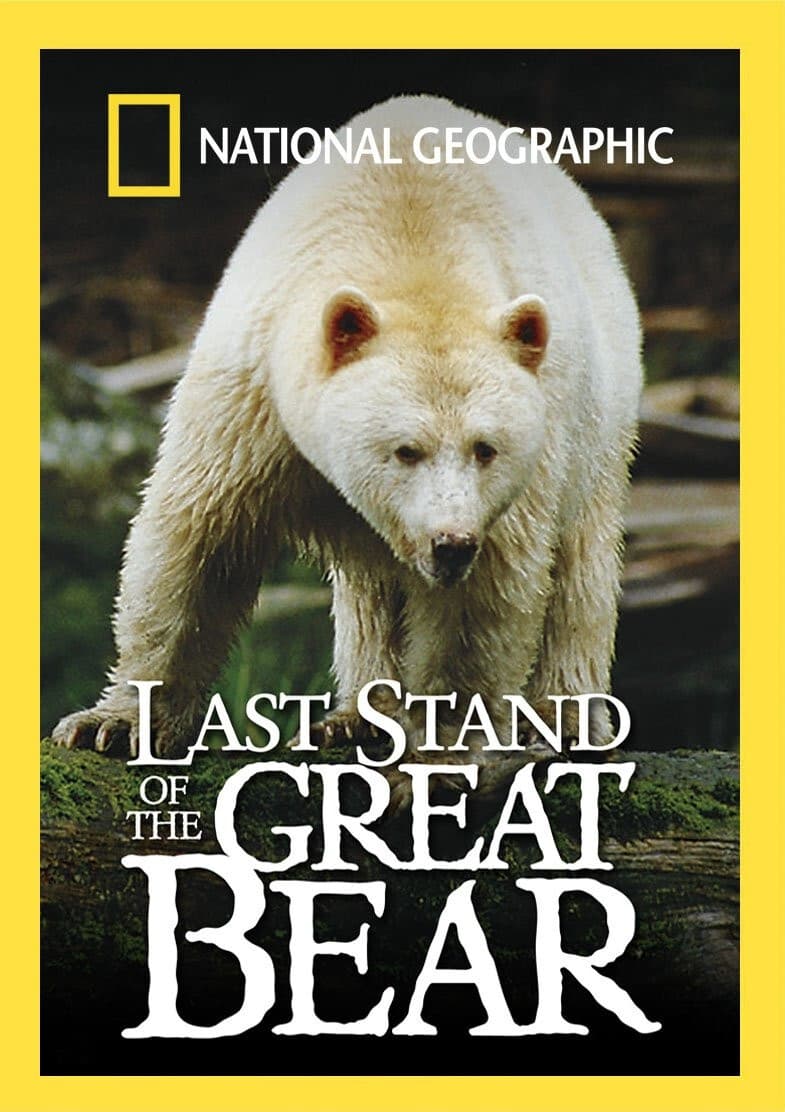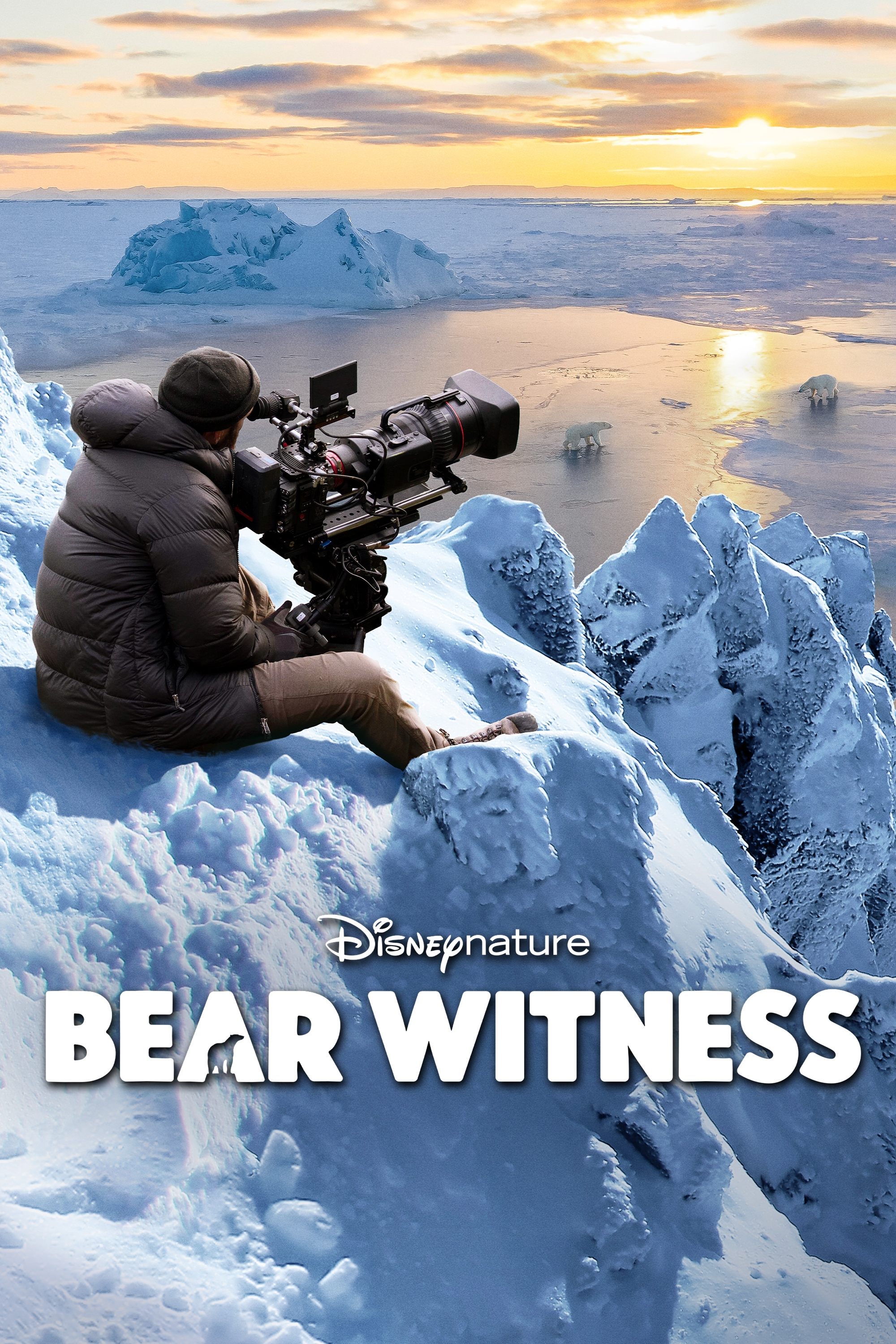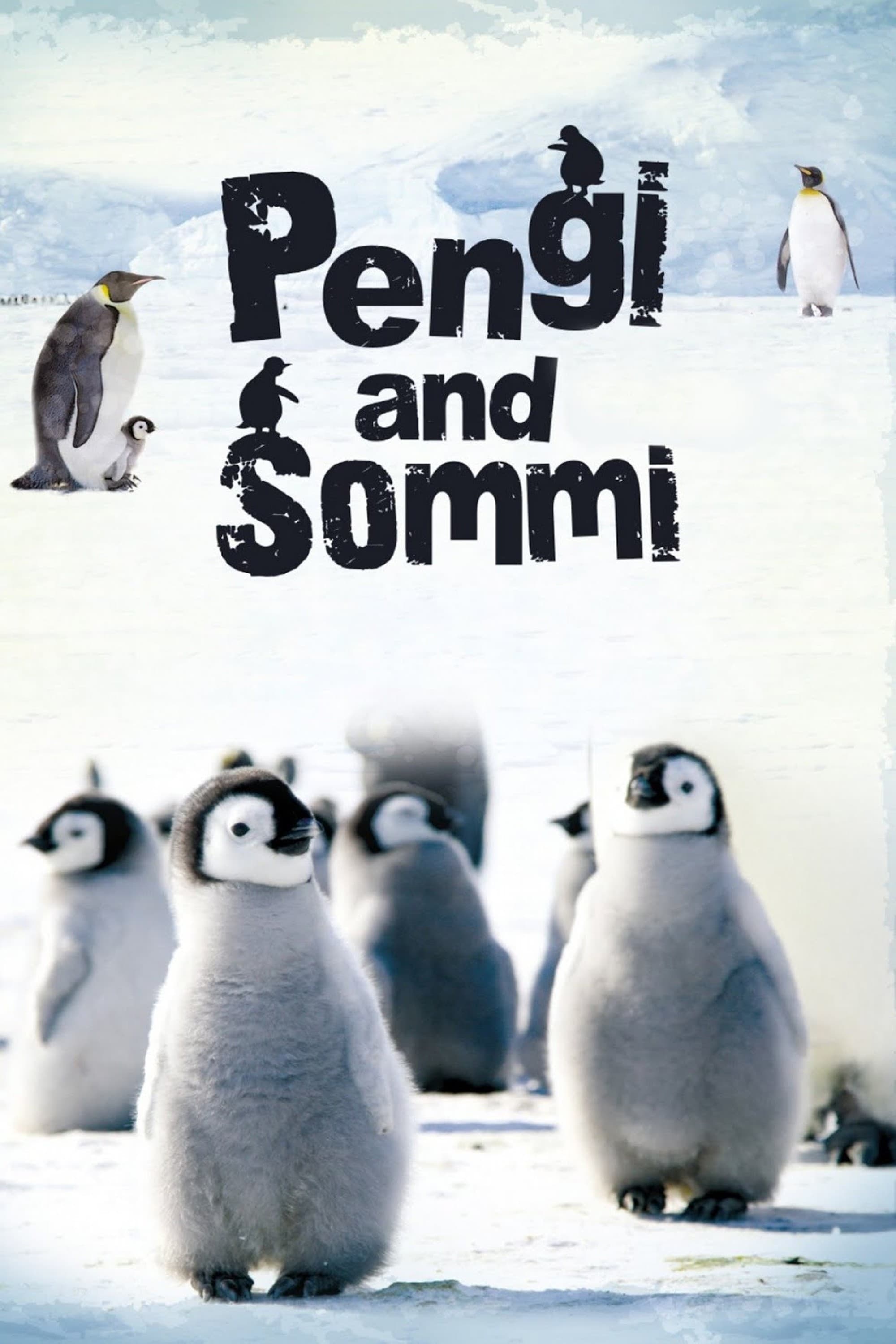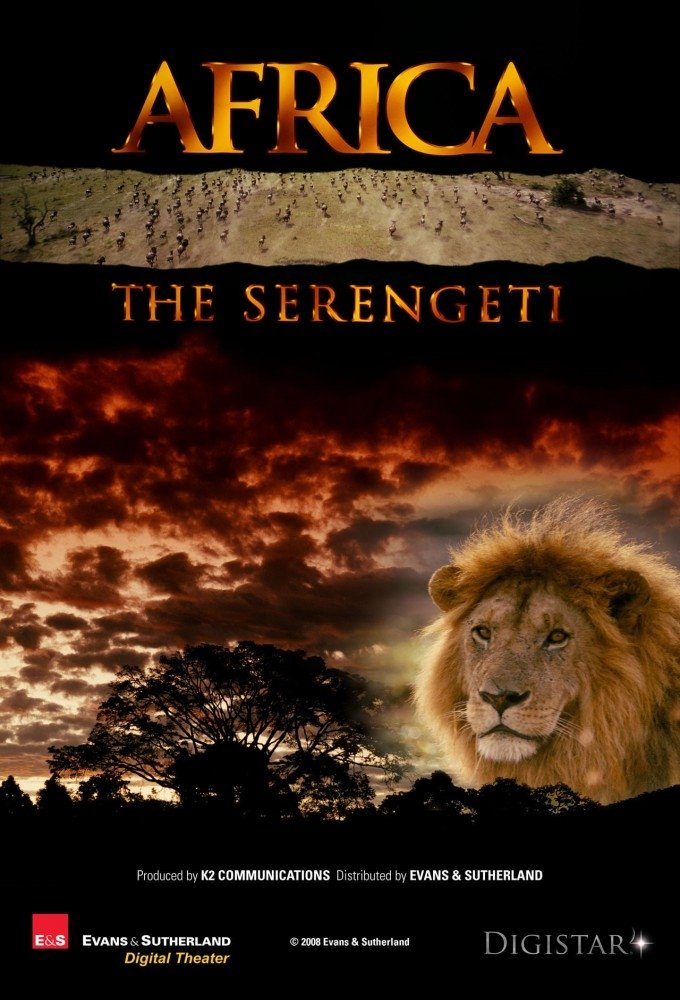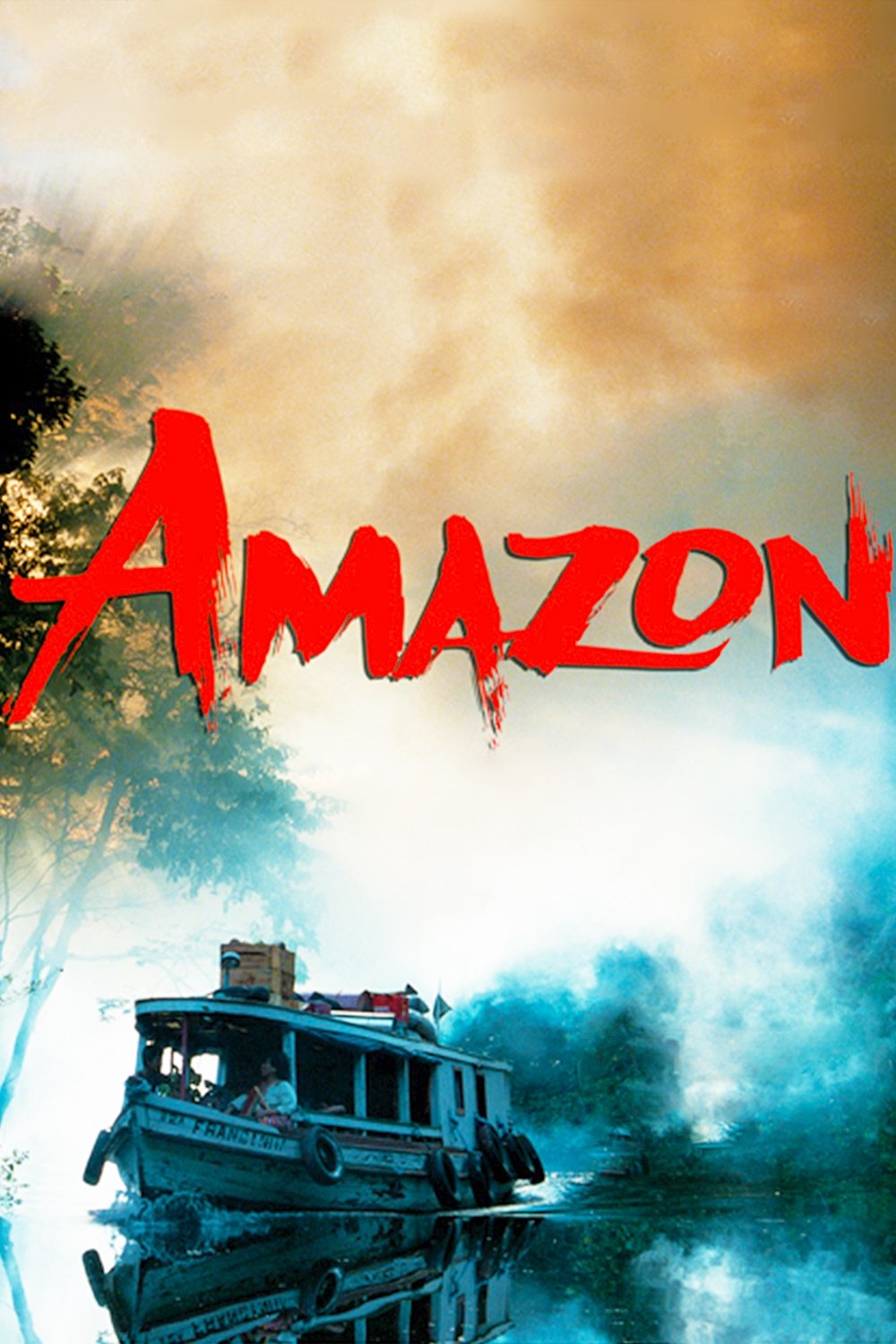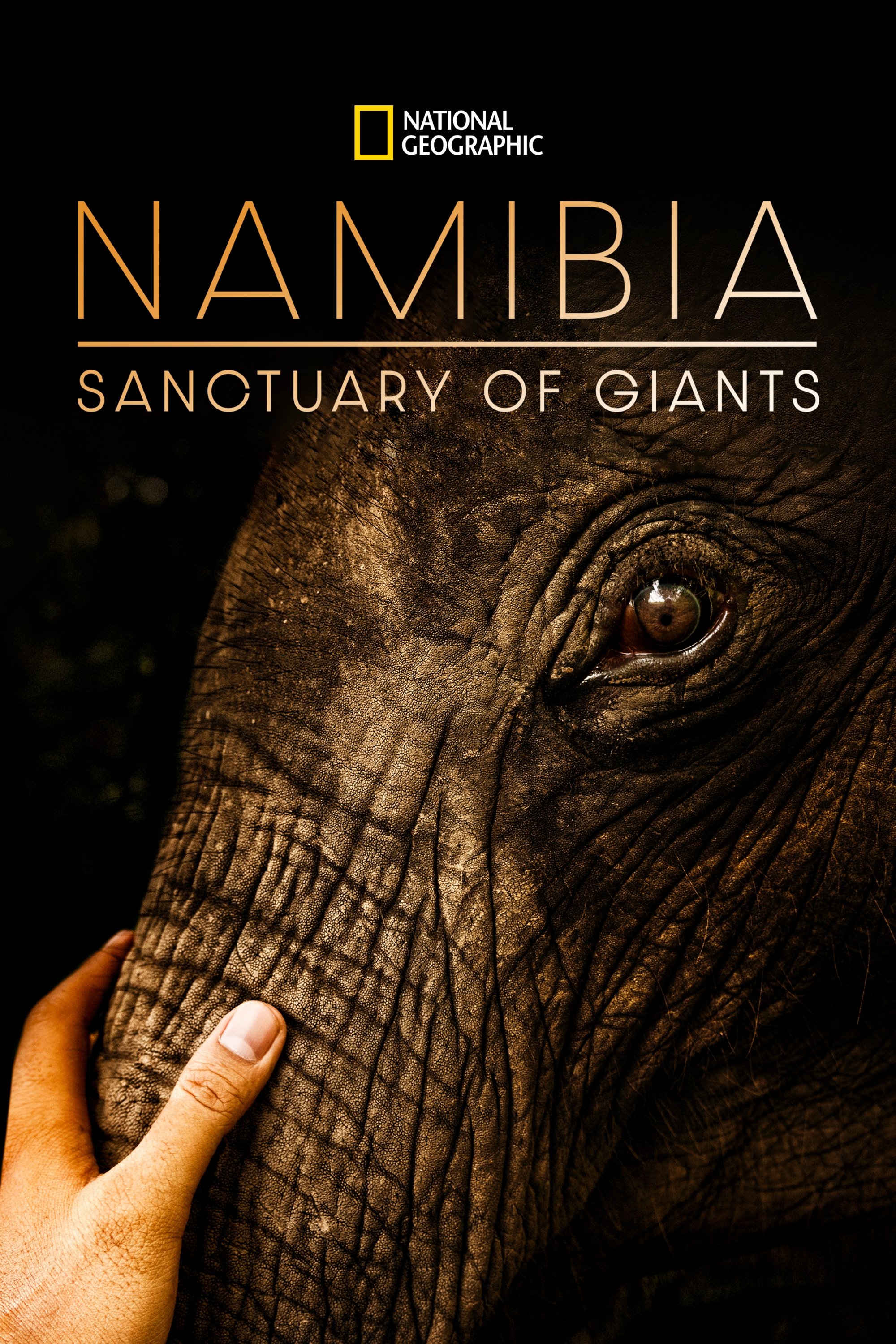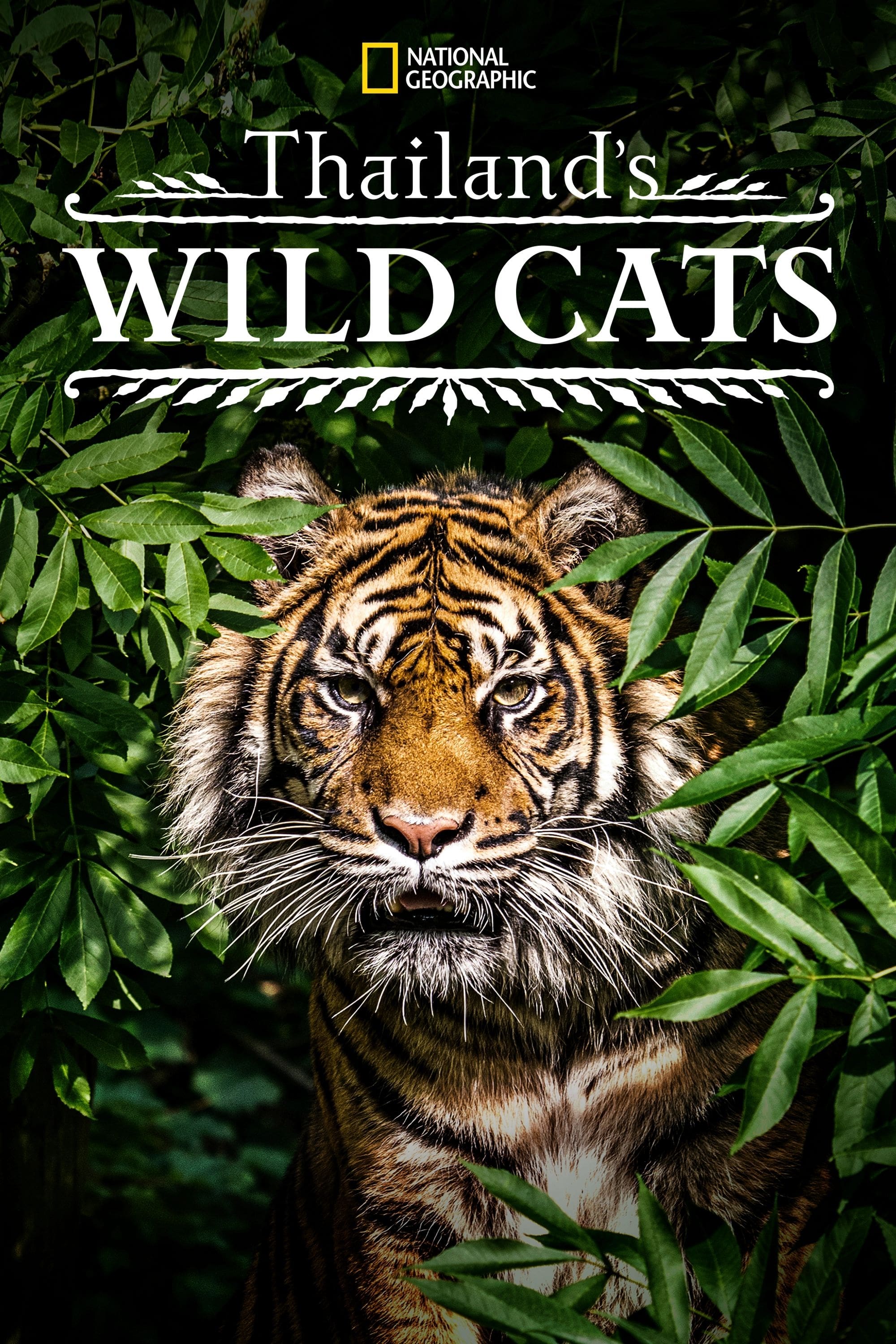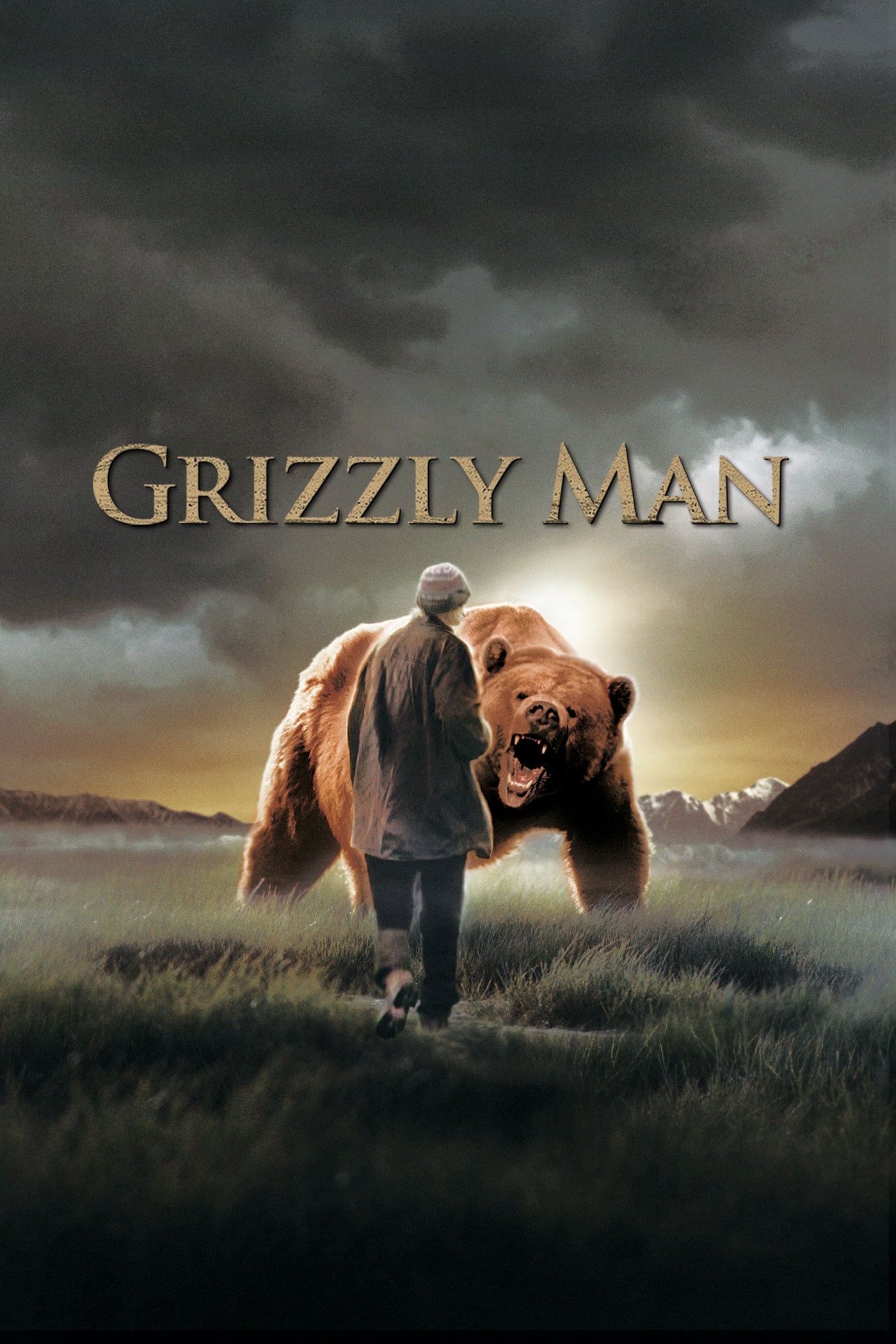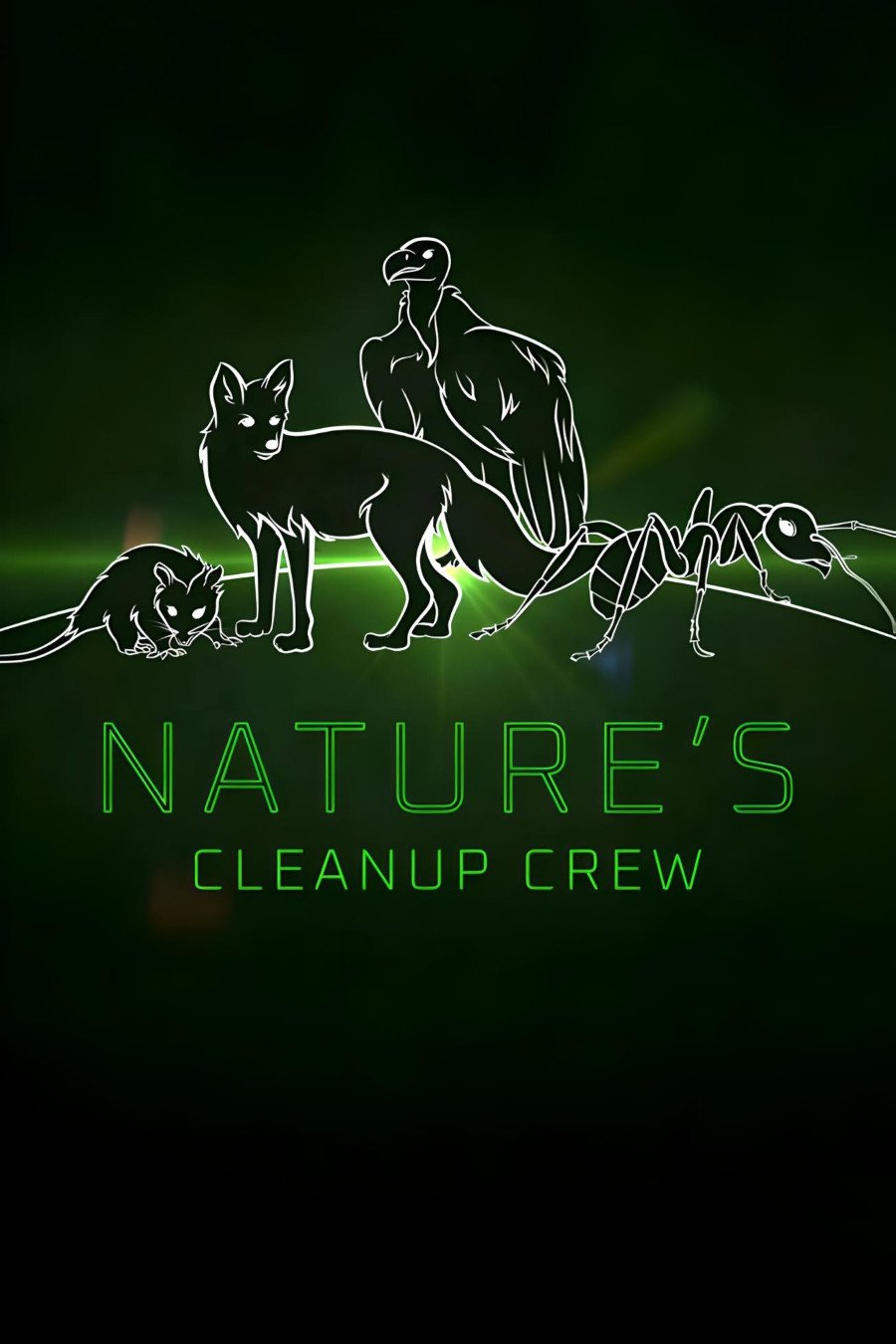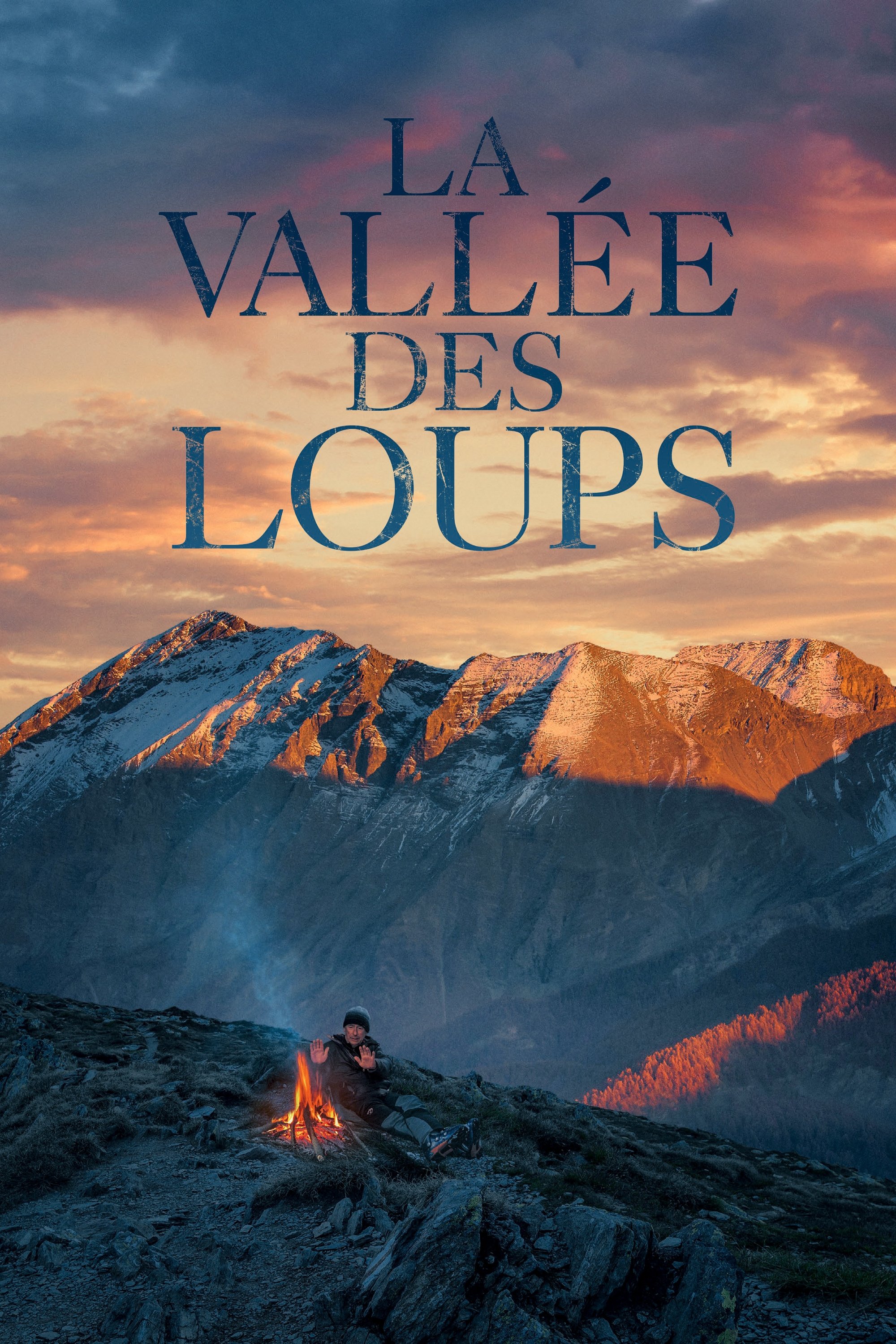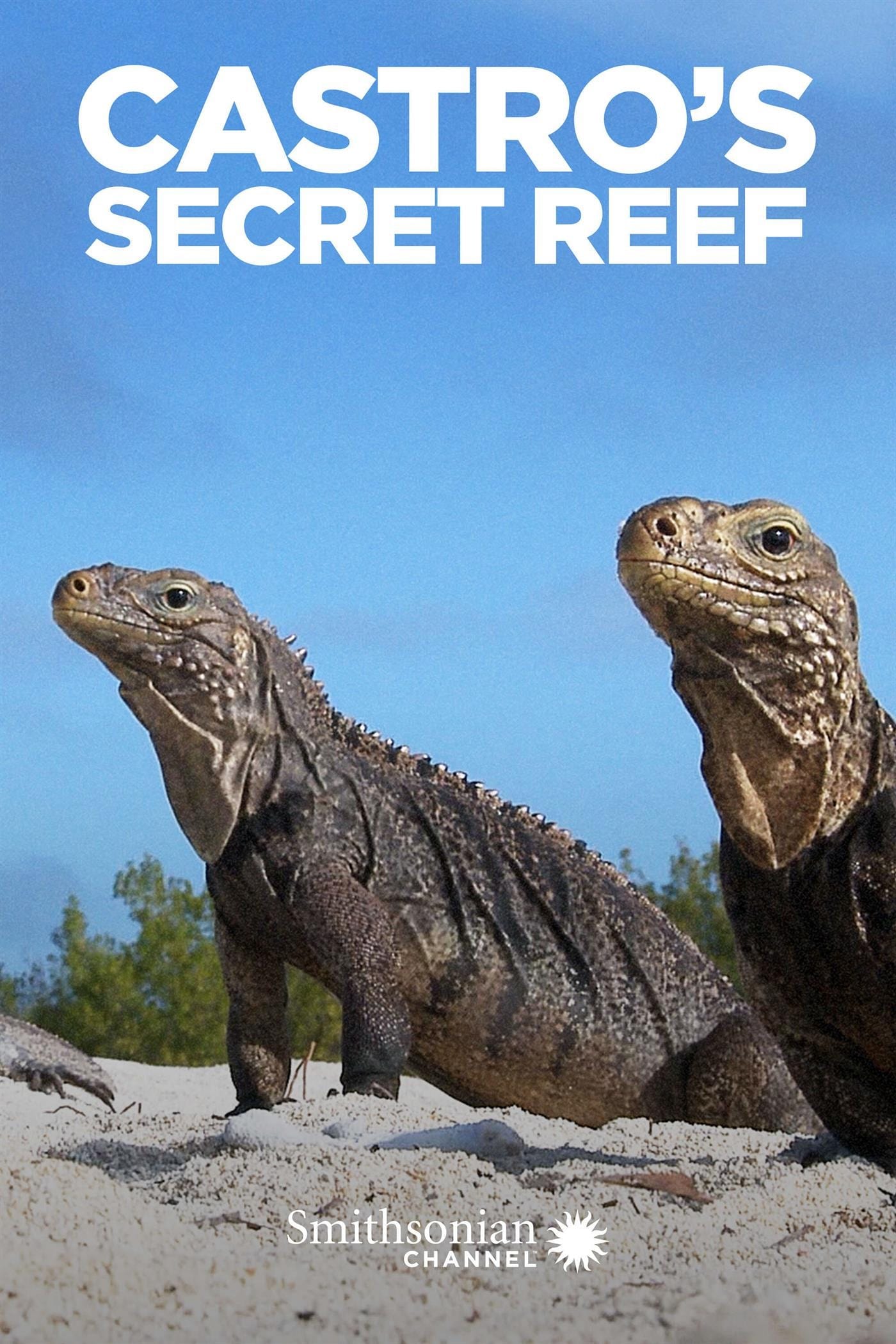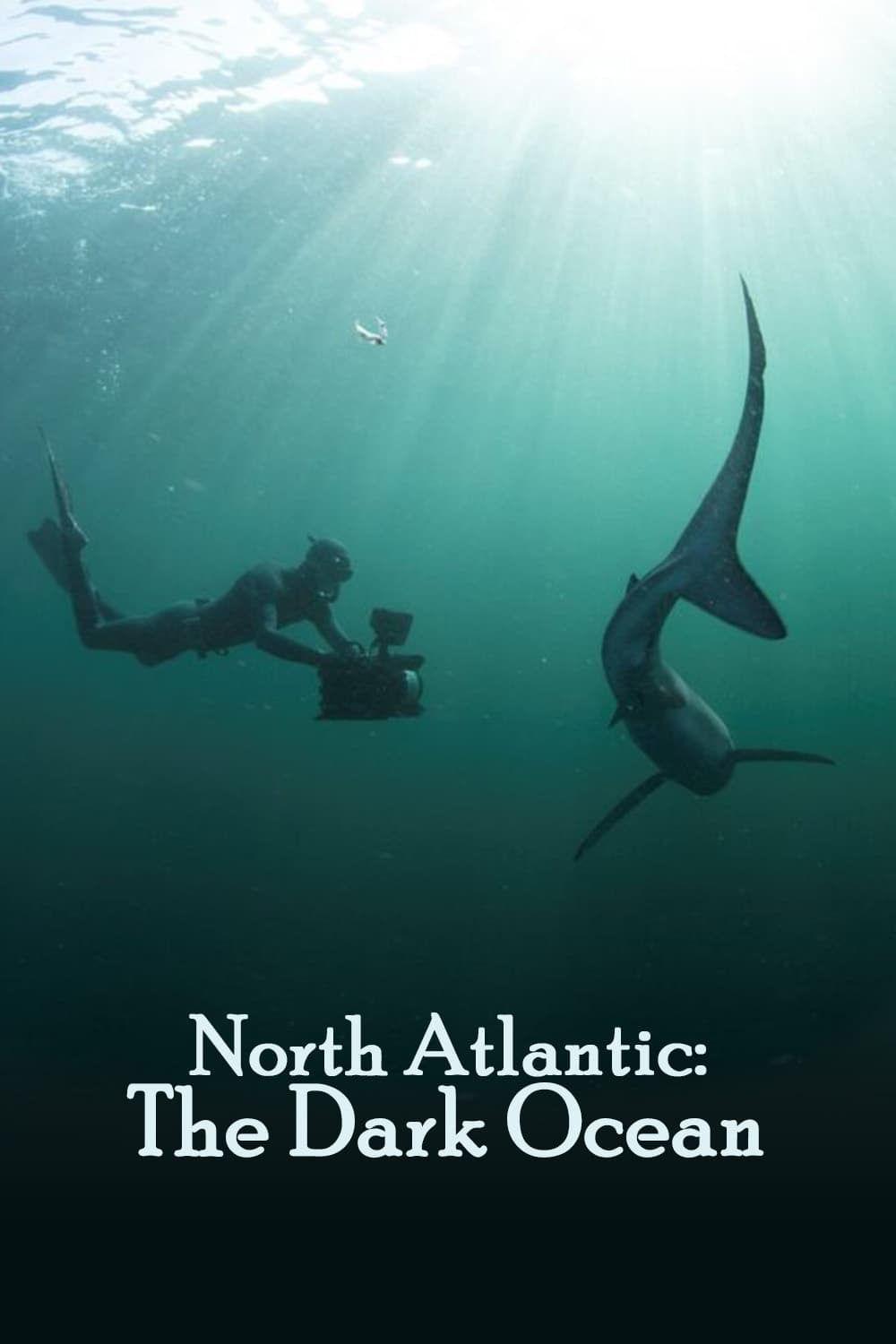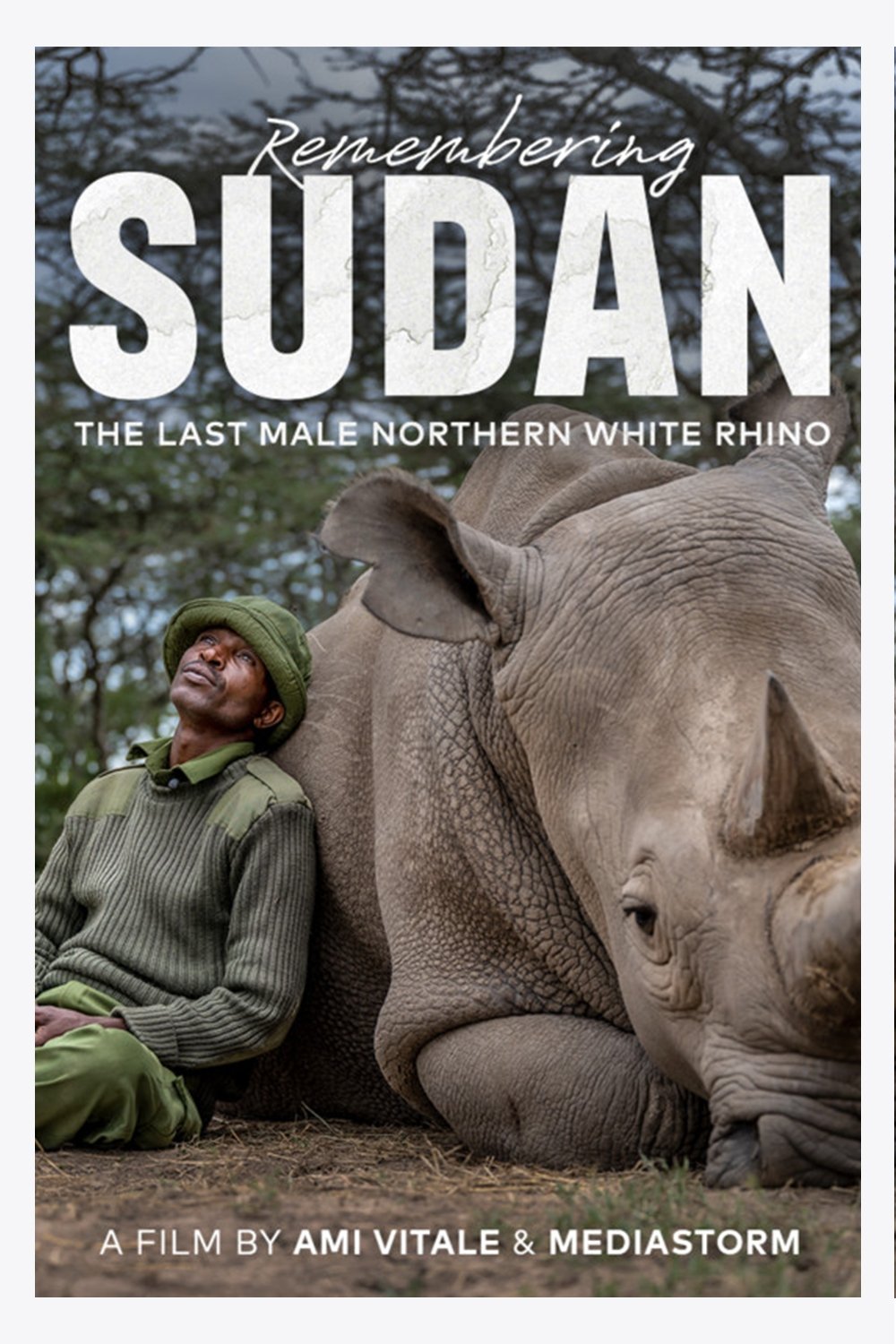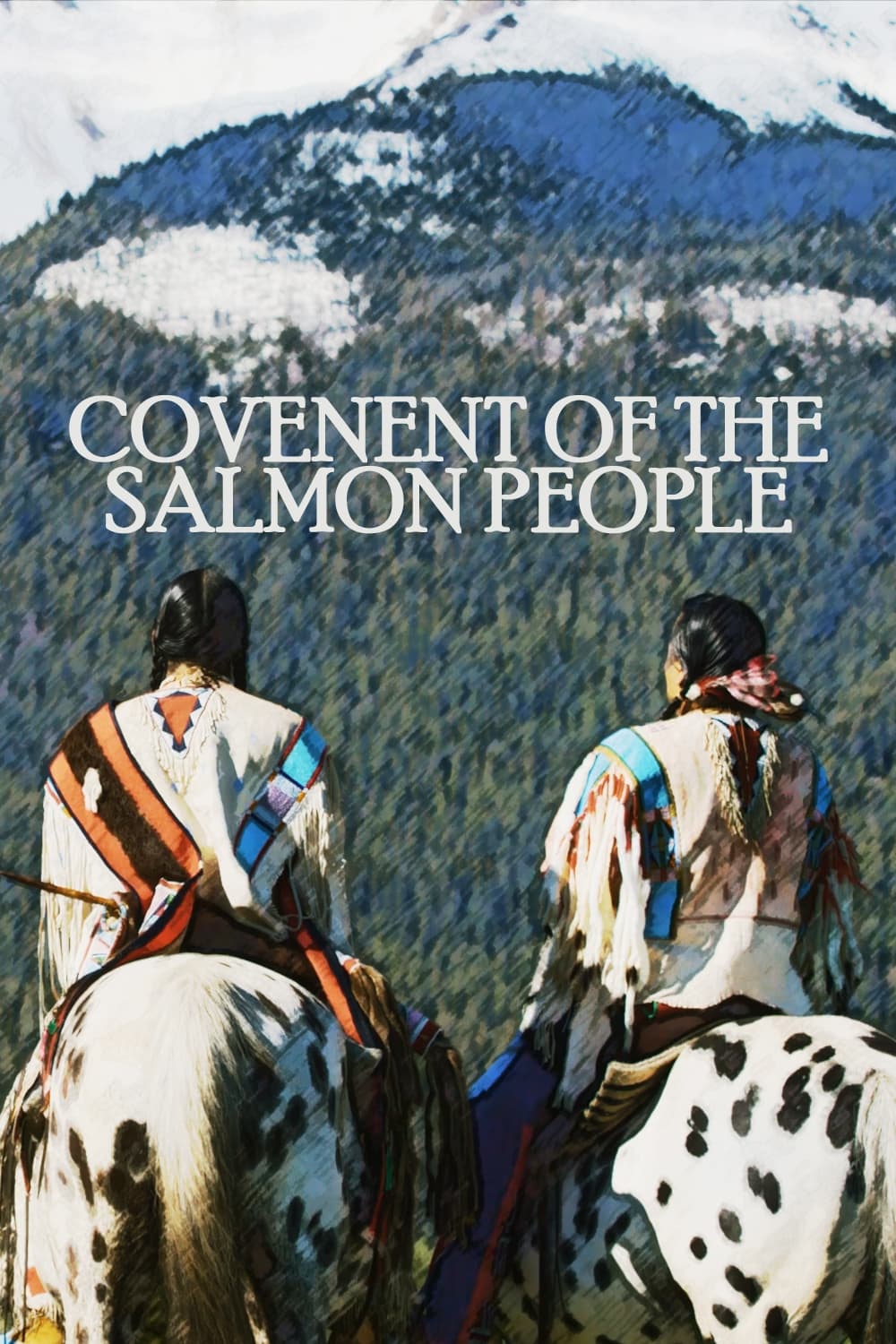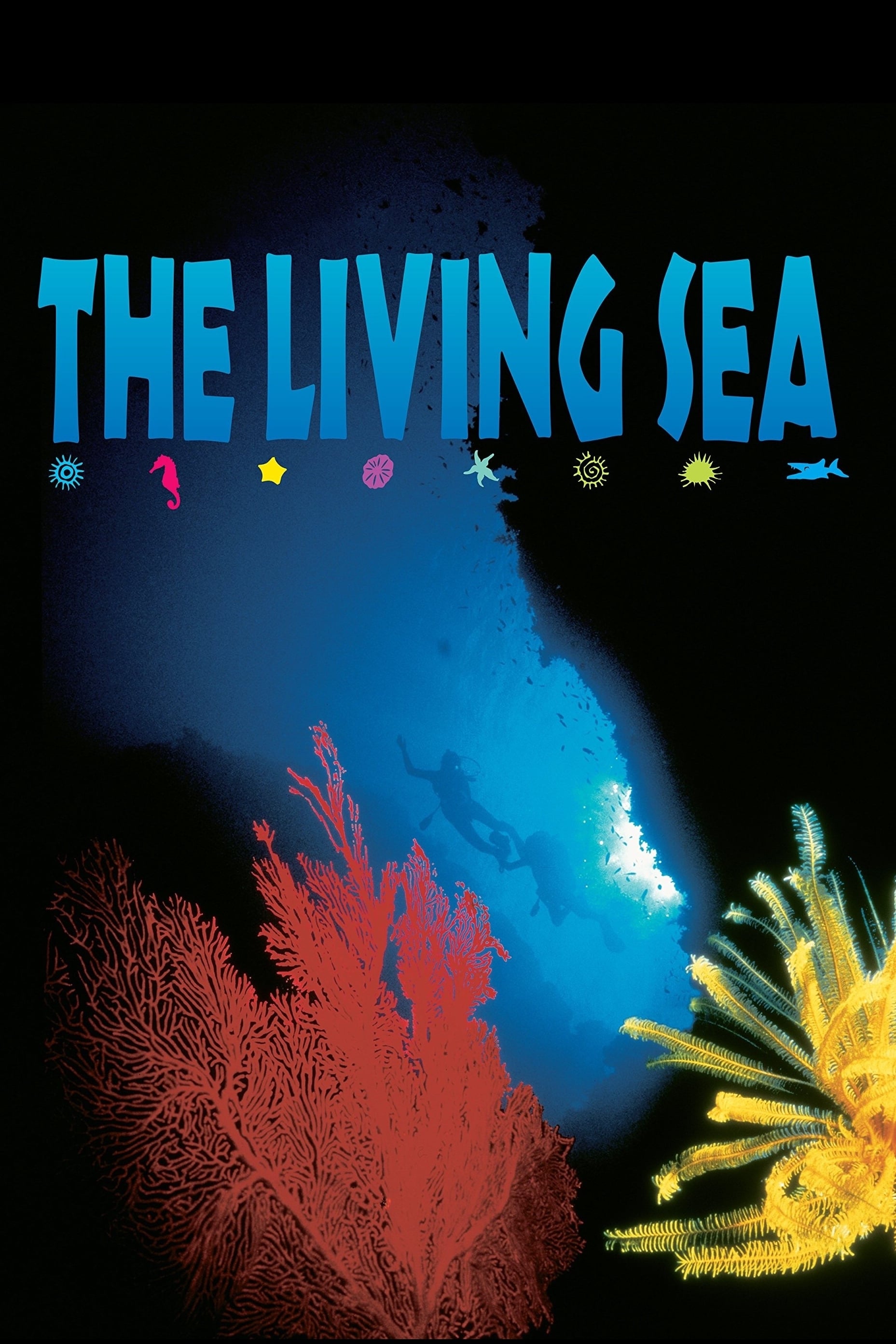
Der wilde Pazifik - Die Schönheit des Lebens (2016)
Overview
Production Companies
Additional Info
| Budget | $0.00 |
|---|---|
| Revenue | $0.00 |
| Original Language | de |
| Popularity | 0.126 |
Directed By
TOP CAST
Similar Movies
Eternal Enemies: Lions and Hyenas
Trek into the hidden battlefields of northern Botswana where lions and spotted hyenas clash in overlapping territories. With never-before-seen footage, much of it filmed at night, you'll uncover an intense and vicious blood feud that has been waged for millennia. Follow the Southern Clan, led by a powerful hyena matriarch whose firstborn female cub kills her sister at birth to assure her succession as leader of the clan. Lurk in the shadows as a lioness from the Central Pride gives birth to three cubs and then encounters a deadly Egyptian cobra. You'll be stunned by breathtaking chase scenes as the hyena matriarch is brutally killed by a male lion, throwing the clan into chaos. Discover nature's savage conflicts in this ancient rivalry.
Last Stand of the Great Bear
National Geographic embarks on a 250-mile adventure through unspoiled territory along the coast of British Columbia called the Great Bear Rain Forest. It is here that bear-hunting wolves take to the sea, grizzlies clash in titanic battles, and wild salmon are the pulsing lifeblood of an entire ecosystem. As this precious habitat faces an uncertain future, threatened by chainsaws and fish farms, a team of dedicated scientists is racing to prove that it must be protected. Forming a wilderness detective squad, these experts are searching for the rare white spirit bear and collecting clues that will decipher the secret life of the forest's elusive inhabitants.
Bear Witness
The film Journeys alongside the filmmakers behind Disneynature’s “Polar Bear” as they face profound challenges 300 miles from the North Pole. The team, who created a revolutionary arctic camp on site, navigated virtually impassible snow drifts and tenuous sea ice, garnering unprecedented footage revealing adaptive behaviors that surprised even this veteran team of filmmakers.
Pengi and Sommi
Baby Emperor Penguin Pengi and Sommi's Ultimate Challenge Begins! At 60 degrees below zero, winter has come to the South Pole, the coldest glacial region in the world. Abandoned due to its bitter coldness, the South Pole is greeted by the real natives of this place, the Emperor Penguins, who have come to welcome new lives. Through the indescribable love and care given by mom and dad, baby Emperor Penguins Pengi and Sommi awake from their egg shells. Gluttonous Pengi, the number one trouble maker in the South Pole, and cutie Sommi, who loves daddy's embrace the best, become great friends. Then one day, Sommi’s dad goes out to the sea to seek her out. Sommi left all alone, cold and starving to the brink of death, and Pengi desperately tires to help Sommi through her troubles. Could Pengi and Sommi possibly overcome numerous hardships and become beautiful full-grown Emperor Penguins?
Africa: The Serengeti
The equation of life on the Serengeti is simple: carnivores eat plants, herbivores eat carnivores. Africa: The Serengeti takes you on an extraordinary journey to view a spectacle few humans have ever witnessed. The Great Migration. Journey with more than two million wildebeests, zebras and antelopes in their annual 500 mile trek across the Serengeti plains
The Pollinators
Our complex food system rests on the wings of the honey bee and the commercial beekeepers that move them from farm to orchard, pollinating the crops that we eat.
Namibia, Sanctuary of Giants
Discover the incredible story of a group of dedicated people working to protect one of the planet’s last refuges for Africa's iconic wildlife.
Thailand's Wild Cats
The mysterious jungles of Thailand are home to some of the rarest wild cats on earth - the Clouded Leopard, The Asian Leopard, The Indian Fishing Cat and the Indo Chinese Tiger. In one of the last truly wild corners of the world this extraordinary collection of secretive predators defend their last remaining stronghold. As their territories intertwine and continuously shift, these cats must cheat death on a daily basis if they are to survive and thrive out in these tangled lands
Grizzly Man
Werner Herzog's documentary film about the "Grizzly Man" Timothy Treadwell and what the thirteen summers in a National Park in Alaska were like in one man's attempt to protect the grizzly bears. The film is full of unique images and a look into the spirit of a man who sacrificed himself for nature.
Kea: The Smartest Parrot
Sir David Attenborough narrates a documentary about the Kea, the world's only alpine parrot. Playful and destructive, it attacks cars, starts landslides and terrorises New Zealand ski resorts but behind the bad behaviour there's a sharp mind at work. David tries to play chess with a kea and discovers how its cheeky character is the key to its survival.
Castro's Secret Reef
Cuba's enforced isolation has resulted in the unlikeliest of marine reserves: a huge, rambling archipelago known as Jardines de la Reina, or "Gardens of the Queen." Stretching around 140 miles along the southern coast of Cuba, it's one of the longest barrier reef systems in the world. Get an up-close look at Fidel Castro's diving playground, a forgotten ocean paradise unseen for half a century, and witness exotic species rarely seen elsewhere in the region. It's the lost jewel of the Caribbean, but how long can this pristine wilderness survive?
North Atlantic: The Dark Ocean
Inspired by the spirit of adventure of early explorers like St Brendan the Navigator, Irish underwater cameraman Ken O’Sullivan voyages out into the open North Atlantic in search of the great sea monsters described in the explorers’ early texts which may well have been large whales. Over the course of the film, such encounters reveal how enlightenment and awareness dispel the myths and damage of the darkness of our historic perceptions.
Remembering Sudan
Sudan was someone Zacharia Mutai spent years with, someone he knew better than his own children, someone he loved. Sudan’s death was tragic, but not a surprise. Zacharia, the head rhino caregiver at the Ol Pejeta Conservancy in northern Kenya, was caring for one of the last remaining northern white rhinos on the planet. But this is not just the story of Zacharia’s loss or of the death of a rhino. This is the story of the death of a species. A loss of such magnitude is a loss for all of humanity. Without these creatures, we suffer more than just the loss of ecosystem health. We suffer a loss of imagination, a loss of wonder, a loss of beautiful possibilities.
Covenant of the Salmon People
Covenant of the Salmon People is a documentary portrait of the Nez Perce Tribe’s ancient covenant with salmon. The film follows their efforts to uphold this ancient relationship as dams and climate impacts threaten one of the cornerstones of their culture.
The Living Sea
The Living Sea celebrates the beauty and power of the ocean as it explores our relationship with this complex and fragile environment. Using beautiful images of unspoiled healthy waters, The Living Sea offers hope for recovery engendered by productive scientific efforts. Oceanographers studying humpback whales, jellyfish, and deep-sea life show us that the more we understand the ocean and its inhabitants, the more we will know how to protect them. The film also highlights the Central Pacific islands of Palau, one of the most spectacular underwater habitats in the world, to show the beauty and potential of a healthy ocean.
Becoming Cousteau
Adventurer, filmmaker, inventor, author, unlikely celebrity and conservationist: For over four decades, Jacques-Yves Cousteau and his explorations under the ocean became synonymous with a love of science and the natural world. As he learned to protect the environment, he brought the whole world with him, sounding alarms more than 50 years ago about the warming seas and our planet’s vulnerability. In BECOMING COUSTEAU, from National Geographic Documentary Films, two-time Academy Award®-nominated filmmaker Liz Garbus takes an inside look at Cousteau and his life, his iconic films and inventions, and the experiences that made him the 20th century’s most unique and renowned environmental voice — and the man who inspired generations to protect the Earth.
